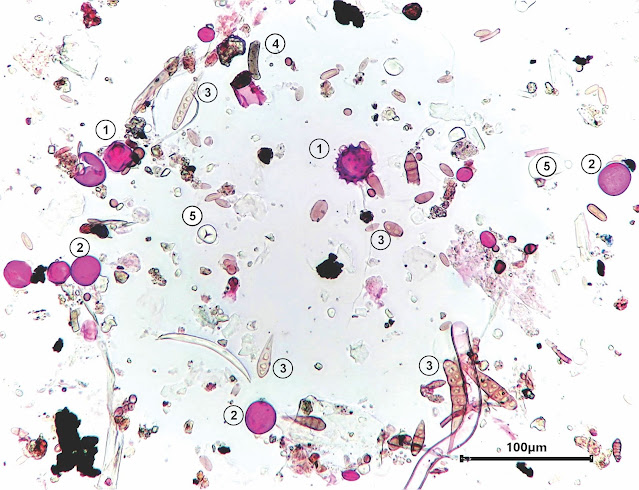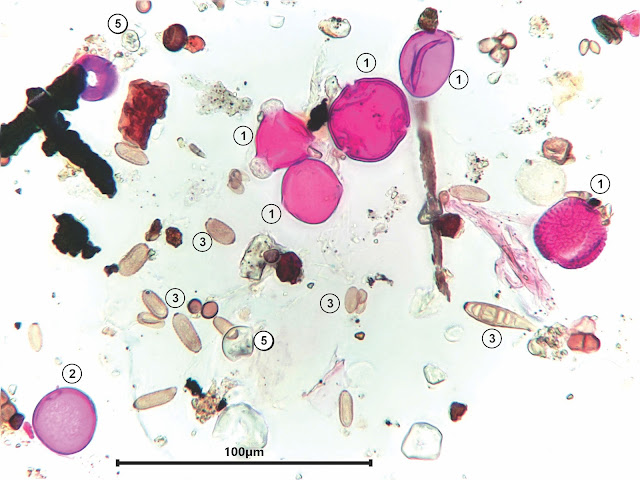 |
| Tower Bridge London at night |
Executive Summary
Six German companies specialising in innovative building transformations, modernisations and restoration attended 2 days of talks and bilateral information exchanges in London on 20-21 March before continuing with site visits in the following days. Key messages from both UK and DE side were 1. Shared interests in working and collaboration between companies in the sector. 2. The difficulties in finding skilled craftspersons and apprentices. 3. Cross-border hurdles impacting on collaborations and the need to find suitable solutions to ameliorate them. 4. Deep frustration at the lack of political action in the UK
The trade mission was a German BMWK Ministry (https://www.bmwk.de/Navigation/EN/Home/home.html) event organised and enabled by Europartnerships (https://www.europartnerships.co.uk/). It was held at both the German Embassy, London and the Institute of Practitioners in Advertising (IPA), both at Belgrave Square.
Day 1. Talks in a secure environment
Hearing that I was the sole person allowed to bring in a laptop for the day's event at the German Embassy, with special dispensation from the Chancellor, I was only mildly disappointed to find out that it was not the German Chancellor, but the almost equally eminent embassy's Chancellor. I am unable for obvious reasons to reveal the other stringent security restrictions and precautions we had to undergo before we could reach our meeting room, but we were in the hands of the extremely professional and courteous and friendly staff throughout.
We were warmly greeted and had a good outline of the current situation re post Brexit trade and UK politics by the Deputy head of Economics Mariko Higuchi (
https://uk.diplo.de/uk-en/01/embassy). The directors of the six german companies were then provided with advice on a wide variety of relevant topics. These ranged from basic cultural differences, via the new tax issues arising through crossborder trade, to the impact of visas, BIM and onsite Health and Safety on doing business in the UK. Key message to emerge, life is simpler if you have partners in both countries.
Compliments to the speakers, Marc Lehnfeld (Director GTAI
www.gtai.com), Sven Riemann (Marketing AHK
www.ahk-london.co.uk) - a long standing and witty contributor at past events, Martin Werhahn (Tax Services AHK
www.ahk-london.co.uk), and Robert Hunt (associate Konduit Ltd
www.konduit.uk), who proved himself to be one of the rare breed of 0.5% of british in the UK who could definitely speak German.
Though retired, my role for Europartnerships over the years has been to come in as meeting's chair for the two days, to ensure the fair timing of talks takes us agreeably through to breaks and mealtimes, without bias and on time.
Six different personalilities, skills and businesses
We (the delegates) made our way to the Motel One, Tower Hill, afterwards to meet up at 4:30 to go through the six comapny presentations in a relaxed manner. This is a crucial and really helpful stage for me. It gives me a chance to get to know not only their businesses and objectives, but the different personalities, something cemented in The Dean Swift pub, close to Tower Bridge later that evening. It helps with supporting them on the following day.
I'll try to give some single line summaries of the six different companies and their services:
- Felix Graf of Felix Graf GmbH: A family business with a a strong link with its community and employees, that has grown to specialise in the interior fittings for the hotel and catering industry. www.felixgraf.de
- Lars Krauss of Greengineers: Consultants and specialist planning services to provide tailored sustainable solutions that meet their client's needs. www.greengineers.de/english
- Jörn Brennscheidt of Hokon. Making impossible stairways possible! www.hokon.de
- Thomas Schubert of Ingeneurbüro für Kirchenbau, Glocken und Denkmalpflege. Rebuilding and recovering churches, community buildings and creating welcoming communal places. www.ibkirchenbau.de/about-us
- Christian Schulte of Mühlenhof Restaurierungen GmbH. Sympathetic and authentic restaurations of historic windows, doors, floors, panelling and furniture in collaboration with architects and art historians. www.muehlenhof-restaurierungen.de/en
- Peter Spor of Tischlerei Spor GmbH & Co KG. A traditional joinery and carpentry company whose expertise include dry wall construction and the repair and build of solid wooden floors. www.tischlerei-spor.de/english/fields-of-activity
Most of the companies already have international experience and are english speakers, with several having completed projects in the UK prior to Brexit.
Day 2. Presentations and key issues.
Day 2 was held at the Institue of Practitioners in Advertising (IPA
https://ipa.co.uk/), almost opposite to the German Embassy, on the other side of Belgrave Square, a long standing and friendly venue for Europartnerships.
Over 70 UK architects and other companies in the construction and restoration sector had expressed an interest and a substantial number filled the larger conference room upstairs at the IPA. This time it was the turn of Markus Knauf (Head of the Economics Department at the German Embassy
https://uk.diplo.de/uk-en/01/embassy) and Mark Dodsworth, director of Europartnerships (
https://www.europartnerships.co.uk/) to welcome the guests, as well as thanking Petra Riemenschneider and team at Europartnerships for their herculean efforts in organising the event.
For once, technology was on our side as the first of the mornings talks, by Marie-Theres Sobik of Thyssen (
www.thyssenkrupp-materials.co.uk) on "The vocational training system in Germany" was given remotely using Teams. A training system that had a century of experience behind it, contrasting with the mixed and changing approaches in the UK. Circumstances had prevented Marie-Theres from being able to attend and her physical presence was sorely missed by me and the Europartnerships team. Like Sven mentioned above, she had been a stalwart and bright, constructive presence at many previous events in the past. Afterwards, Michael Schienke of Vorbild Architecture (
https://vorbild.co.uk/) and Sven Riemann (AHK
www.ahk-london.co.uk) reversed yesterday's role and enlightened the british audience on cultural differences across the channel, revealing that in Germany too, there was a diversity of regional prides, traditions and ways of doing things.
Our six german companies then had their turn in the spotlight. Gradually, the audience came alive with shared experiences and questions not only to the companies, but also about how to overcome some of the hurdles presented since Brexit. After all, the UK had fallen out of the list of top 10 trading partners with Germany. Here, the presentations given to us at the embassy proved invaluable; problems with taxation through the transfer of goods several times back and forth across the UK-EU borders could be overcome to some degree with professional assistance and sometimes even at a final null cost calculation. Building partnerships with one member in the EU and the other in the UK was a good route to take, each familiar with their own ideosyncratic bureaucracies, regulations and regional issues and helping solve the border transitions of goods and services.
What I understood was, that the greatest regret was the loss of access to the Erasmus program, with some UK delegates speaking of the way it had helped their careers. In turn, the German companies had young staff who would leap at the chance to gain experience in the UK. A representative from one of the UK bodies in the industry implored the German Embassy to seek more routes to collaboration in the training of up and coming craftspeople in the construction and in the restoration sectors. Apparently there were promising comments from the government - but at present little action.
We ended the day with a buffet lunch and many individual discussions between attendees and the german company representatives, followed by the longer one-to-ones from pre-arranged appointments.
My personal feeling at the end of the day was, that there were opportunities and an interest in longer term collaboration between the two countries in innovative building transformations, modernisation and restoration, despite the hurdles raised by Brexit.
From the german companies' point of view, it was an insight into the opportunities that might exist, possible partners to contact when back home, as well as a better knowledge of the potential barriers. Ultimately, it would be their judgement whether it would be worth their time and investment in trying to enter the UK market.


















